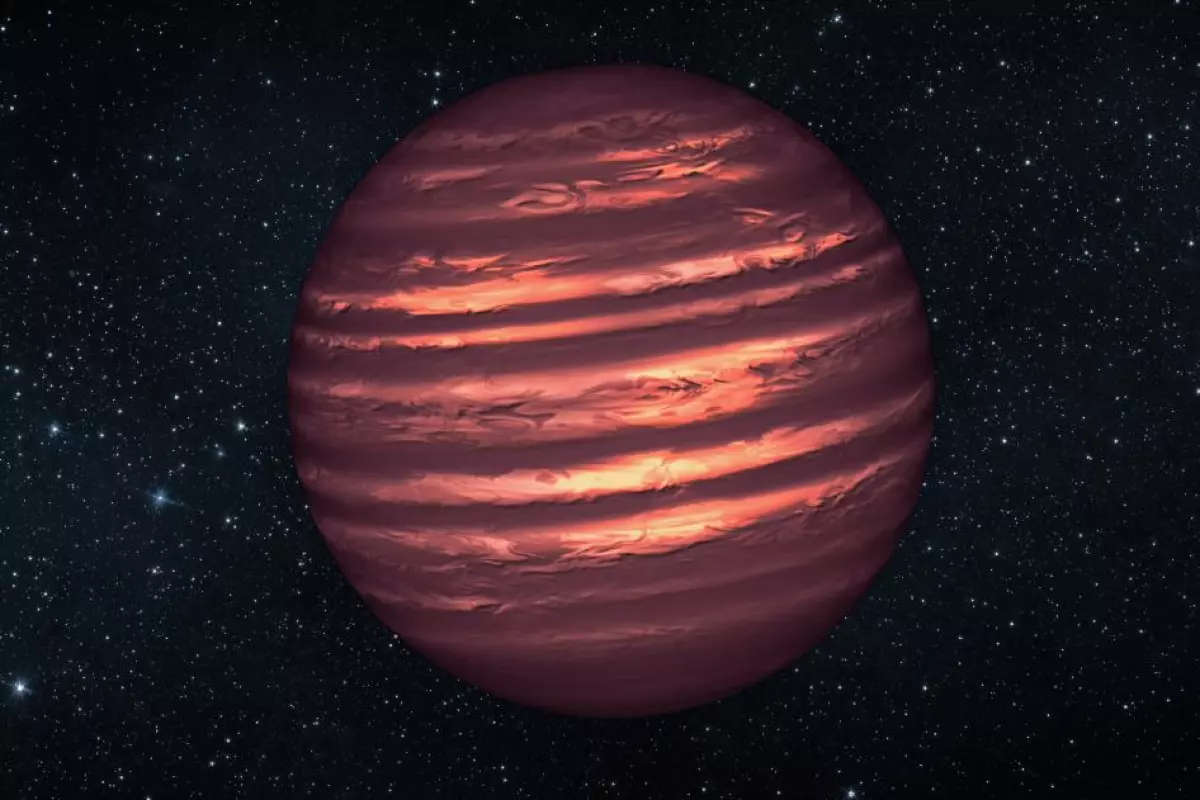Scientists may be able to detect the presence of dark matter by searching for anomalous heat signatures from distant alien worlds. Dark matter is an enigmatic, invisible substance that is thought to make up around 80 percent of the universe’s mass.
Whilst it is impossible to actually see dark matter, scientists are able to theorize its presence by watching for the powerful gravitational influence that it exerts over nearby visible matter. The invisible substance is thought to have had a profound effect on the formation and evolution of the cosmos, and so finding new methods of observing and understanding dark matter is of great interest to the scientific community.
A recently published Stanford University/Ohio State University study has detailed a new approach to detecting and observing dark matter that looks beyond its gravitational properties, and instead focuses on how the substance could influence the temperature of an exoplanet. According to the paper, dark matter may be capable of heating a planet when a mass of the material that had been captured by the world’s gravitational influence falls inwards, and is annihilated upon reaching the core. At this point the mass energy of the dark matter is converted into heat and absorbed by the planet, raising its overall temperature.
Therefore, astronomers could infer the presence of dark matter in the space environment surrounding a planet that has an unexplained abundance of heat. The authors of the study have proposed testing their theory by analyzing the heat signatures of gas giants and brown dwarfs – which are essentially failed stars – due to the fact that these bodies have a potent gravitational influence, yet are not massive enough to trigger the nuclear fusion process that powers stars like our Sun. This is important, as the heat generated by the nuclear fusion would render the warming effects of dark matter extremely difficult to detect.
In an ideal situation, the researchers would like to test their theory on a rogue planet, which is essentially a world that has been expelled from the orbit of its parent star, and exiled into the cold expanse of interstellar space. In this scenario, the heat created by dark matter annihilation would be even easier to detect, as the planet wouldn’t even be warmed by the radiation of a nearby star.
These observations could be carried out by a number of existing infrared telescopes, and also by the upcoming James Webb Space Telescope, which could launch as soon as this October.
It is currently theorized that there is more dark matter near the centre of the Milky Way than there is at the outer rim. Therefore, if future observations detect a greater abundance of unexplained heat in exoplanets close to the galactic core compared to similar worlds located near the edges, it would suggest that the newly proposed theory is correct.
The paper has been published in the journal Physical Review Letters.
Source: Ohio State University




